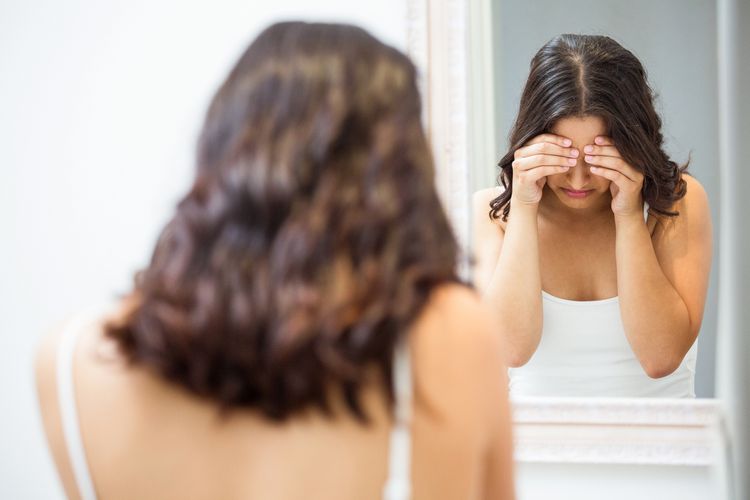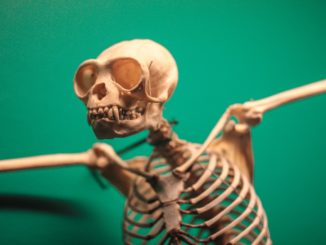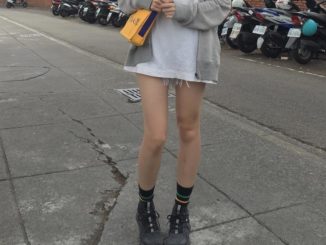
Story topic and angle
Some Australian women experience body image anxiety, just like women do in many other nations. Body image anxiety is typically defined as persistent worry and dissatisfaction about one’s physical appearance and weight. This type of anxiety can result in unhealthy behaviors like eating disorders, overexertion, and self-stress. A good body is typically trim, slim, or sultry; features like full breasts, a slim waist, and a uniform skin tone are ideal. Such definitions cause girls to feel self-conscious about their bodies, but why can’t a natural body be deemed attractive? The truth is that even features like belly fat and thick arms, which are not adored or even accepted by everyone, can be desirable and fashionable. For the sake of having a supposedly slim body, we shouldn’t do things that harm our bodies.
The idea that it’s crucial to love your body and that girls shouldn’t be ashamed of their muffin tops, the severity of their wrinkles, or the symptoms of illness should be widely disseminated. Health should always come first. Girls should stop feeling ashamed of their unique bodies and realise that each component of their bodies is a part of them and should be accepted and cared for. Nobody can define you, and even fewer people can define beauty. Genuine sexiness is always a strong, inner-directed personal touch.
I will be writing this story in the News feature genre.
Chosen publication and target user group
I will choose Junkee, an Australian-based digital media company founded in 2013, as the publication for this story. Junkee is a digital media platform that aims to offer informative and engaging content to young adults, encompassing diverse subjects such as culture, politics, society, technology, and entertainment. The company prioritizes creativity and progress, constantly testing new technologies and media styles to cater to the evolving interests and requirements of the younger audience.
In addition, the audience for this story is young girls in Australia, as young girls are more likely to be anxious about their body image compared to other groups, and Junkee’s young target audience just provides a suitable platform for this story.
Source of information
Data and information: The Butterfly Foundation, The National Eating Disorders Collaboration (NEDC), News (CAN, ABC NEWS, etc).
Related news:
https://junkee.com/just-seven-minutes-of-tiktok-content-can-be-harmful-for-body-image/343530
https://junkee.com/can-we-not-glorify-being-skinny-again/342327
Interviewees: I plan to interview two girls of different sizes and ask them how they feel about their bodies now, whether they are happy with their bodies, whether they would use some extreme methods to lose weight, etc.
Ideas for multimedia, hypertext and interactivity
This article will meet the needs of multimedia, hypertext, and interactivity. Some relevant images and an interview video will be inserted into the article, and hyperlinks will be used to facilitate readers’ understanding of background knowledge related to the research and organizations mentioned. There will be a comment section at the bottom of the article on Junkee for readers to interact with each other.



Body image anxiety is an issue well worth exploring. According to a report released by the Australian government in 2021, the obesity rate in Australia is as high as 35 percent. But the public’s pursuit of beauty standards is nearly rigid, making body image anxiety a social viewpoint. This is very newsworthy. However, I think you could add doctors to the list of sources and people you interview. Doctors (especially weight-related ones) can provide professional advice on different aspects of your news and can make your article more comprehensive. All in all, I really like your picks and I hope to see your articles!